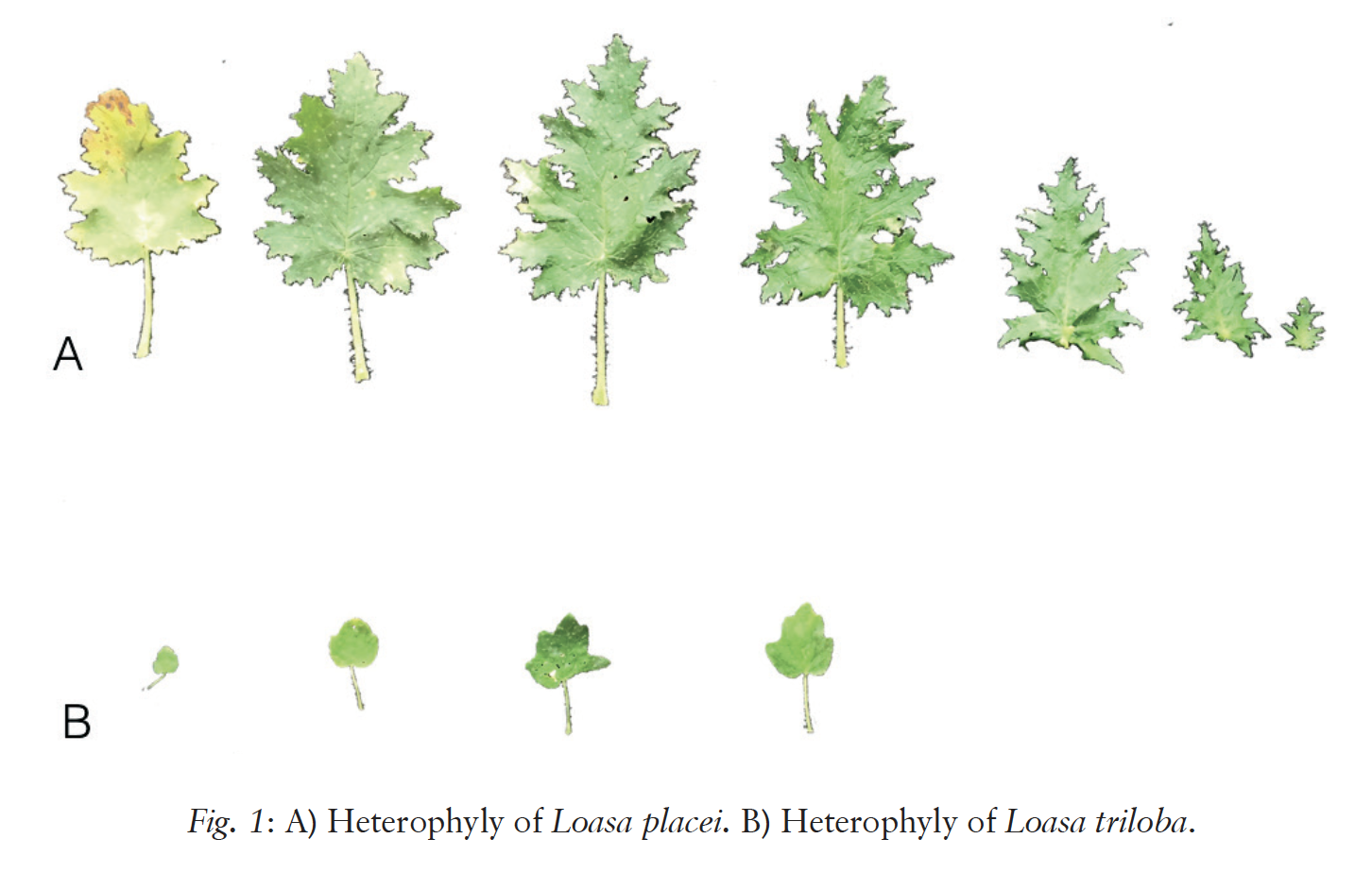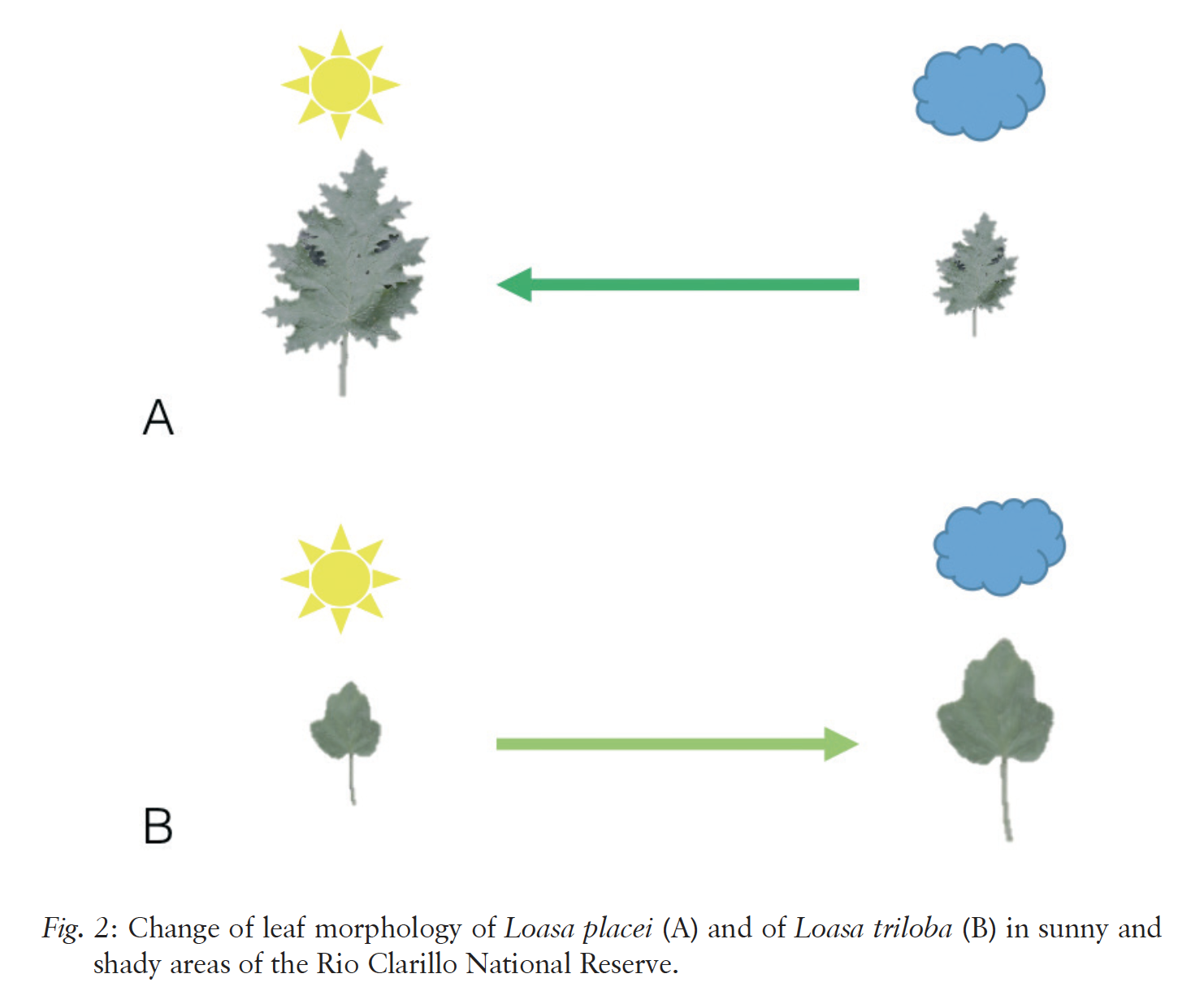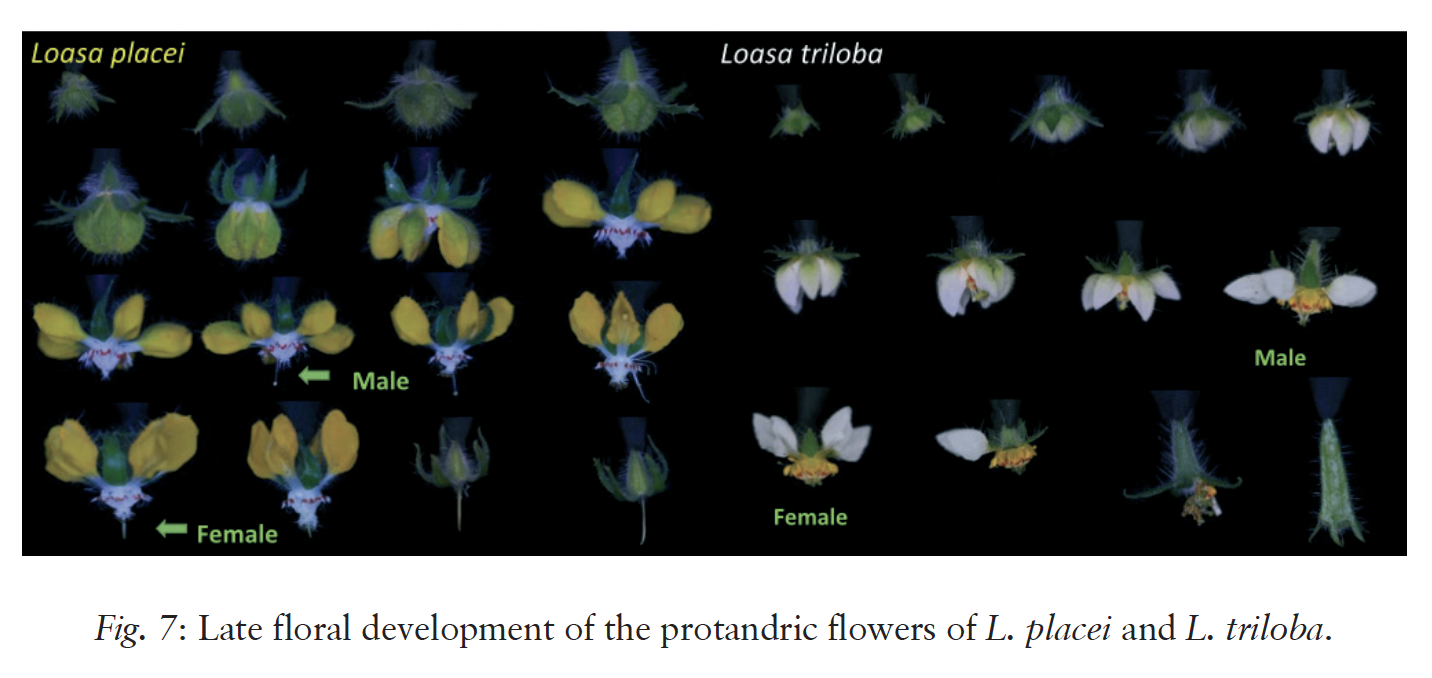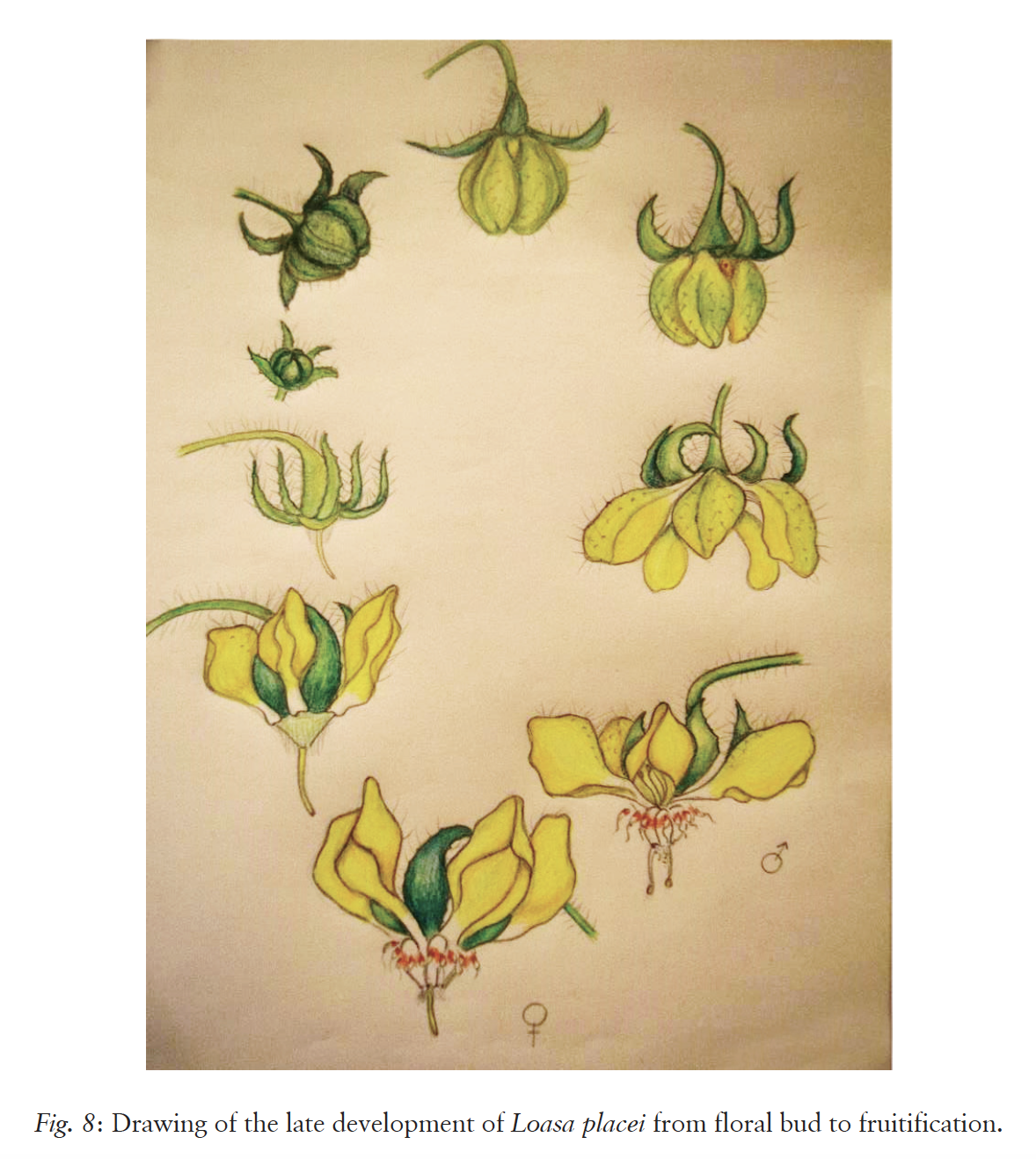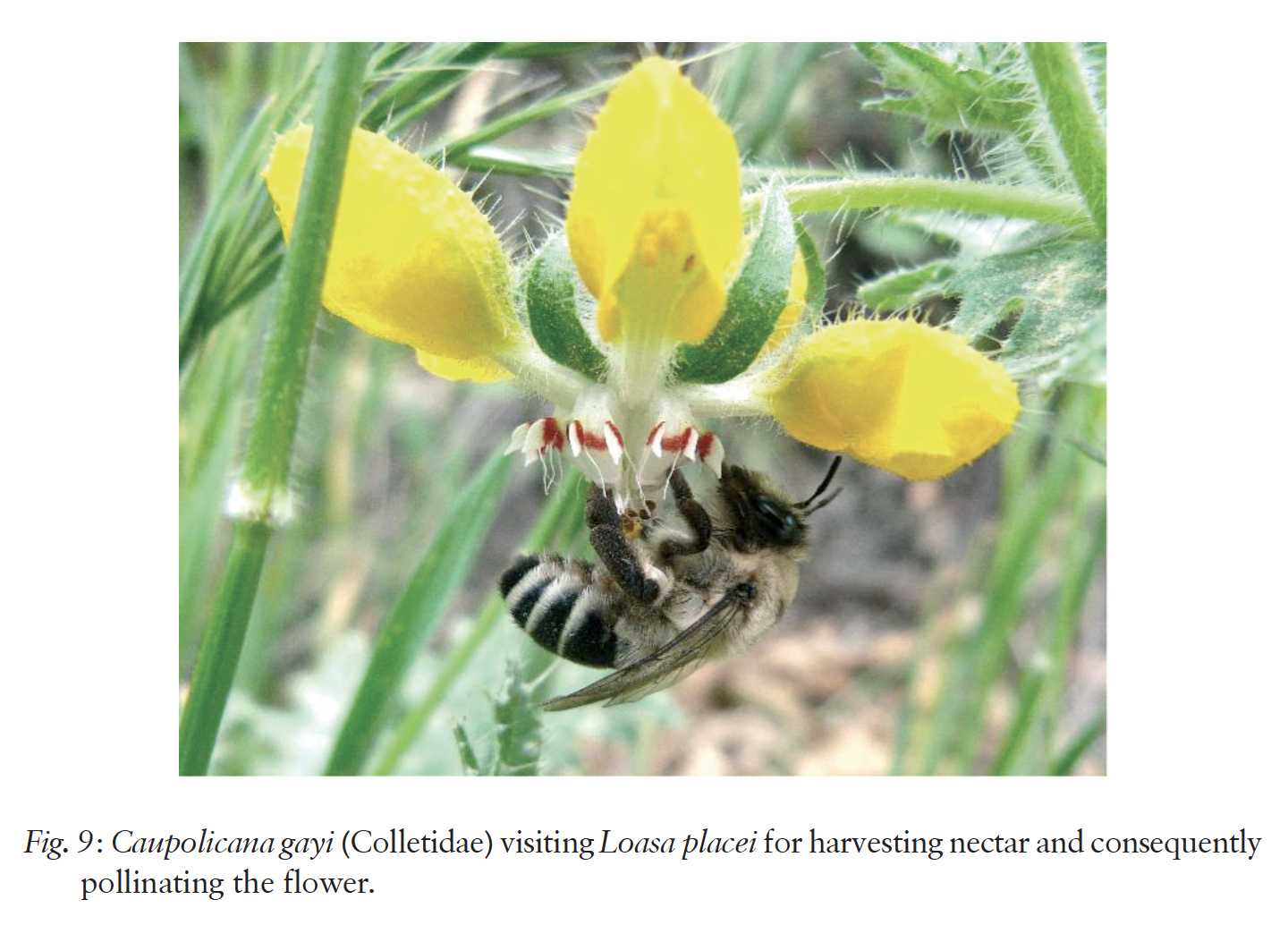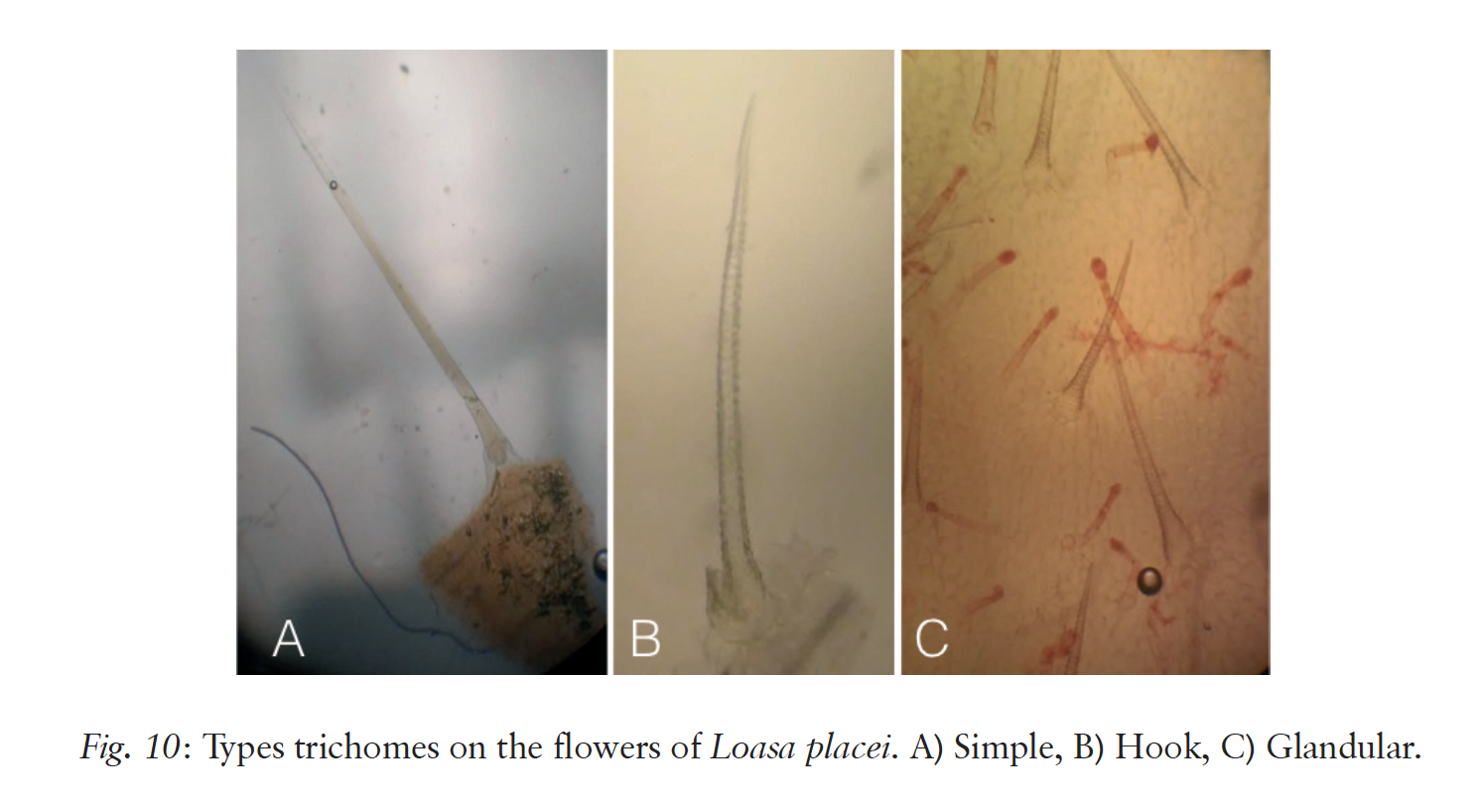Taking Living Forms Seriously: A Goethean Approach to Floral Morphology and Anatomy of Two Chilean Loasa
Export Article Citation as
- Plain text
- BibTeX
- RIS format
- Download price : € 6.00
Abstract:
In October 2018, the first Intensive Course on Floral Morphology of the FLO-RE-S network was held at the Rìo Clarillo National Reserve in Chile (Bull-Hereñu et al. 2018). All students had to implement a short research project related to the flora present in the reserve. One of these research projects, carried out by Betsabé Abarca Rojas and Gabriela Matamala Gajardo, under the supervision of João Felipe Ginefra Toni, is reported here as an example of a Goethean approach to contemporary studies in floral morphology. By taking living formations seriously in the study of Loasa flowers, these students could learn how art and science can be united in a research project, and in what sense our thinking can become a mode of seeing and our seeing, a way of thinking (intuitive power of judgment).
